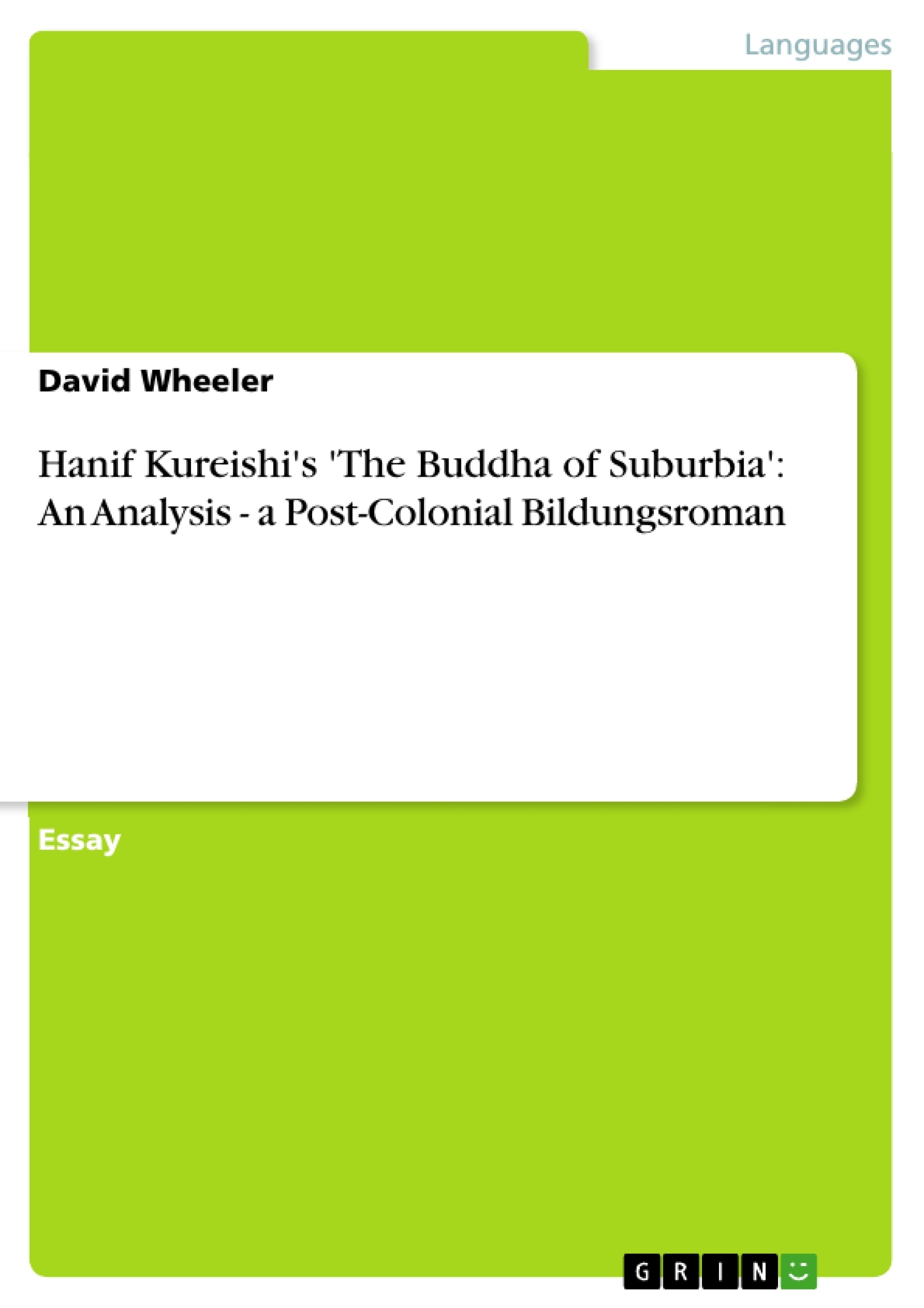A consideration of Kureishi's breakthrough novel as a bildungsroman and a consideration of all the barriers in English society to the protagonist's success.
Inhaltsverzeichnis (Table of Contents)
- Introduction
- Obstacles to Maturity
- Sexuality as an Obstacle
- Racism as an Obstacle
- Identity Crisis as an Obstacle
- Class as an Obstacle
Zielsetzung und Themenschwerpunkte (Objectives and Key Themes)
This analysis aims to explore the obstacles faced by Kamir Ali in Hanif Kureishi's The Buddha of Suburbia, examining how these challenges reflect English society in the 1970s. The analysis will challenge the notion that Kamir's "hybrid" heritage is a primary source of his struggles.
- The complexities of identity in a multicultural society
- The role of class in shaping social mobility and experience
- The representation of racism and prejudice in 1970s England
- The exploration of sexuality and its impact on personal growth
- The evolving nature of self-discovery and maturation
Zusammenfassung der Kapitel (Chapter Summaries)
Introduction: This introductory section sets the stage for the analysis of Hanif Kureishi's The Buddha of Suburbia. It establishes the novel as a coming-of-age story intricately woven with the protagonist's multicultural heritage. The introduction frames the central question of whether Kamir Ali's journey toward maturity is hindered or enhanced by his mixed-race background and other aspects of his identity.
Obstacles to Maturity: This chapter delves into the various challenges Kamir encounters on his path to self-discovery. It dissects the complexities of his bisexual identity within the social context of 1970s England, noting that his sexuality does not pose significant obstacles but rather offers opportunities. Furthermore, it examines instances of racism, often experienced indirectly, which ultimately do not define or severely impede Kamir's personal development. The chapter also addresses the notion of an identity crisis, arguing that Kamir's struggles are less rooted in his hybrid background and more connected to his class origins and aspirations. Finally, the analysis concludes that class, specifically his lower-middle-class background, presents the most significant barrier to Kamir's social integration and sense of belonging within the artistic and intellectual circles he seeks to join.
Schlüsselwörter (Keywords)
The Buddha of Suburbia, Hanif Kureishi, multiculturalism, identity, class, sexuality, racism, 1970s England, social mobility, maturation, coming-of-age.
Frequently Asked Questions: Hanif Kureishi's *The Buddha of Suburbia* Analysis
What is the purpose of this analysis?
This analysis explores the obstacles faced by Kamir Ali in Hanif Kureishi's The Buddha of Suburbia, examining how these challenges reflect English society in the 1970s. It challenges the idea that Kamir's mixed heritage is the primary source of his struggles.
What are the key themes explored in the analysis?
The analysis focuses on the complexities of identity in a multicultural society, the role of class in shaping social mobility and experience, the representation of racism and prejudice in 1970s England, the exploration of sexuality and its impact on personal growth, and the evolving nature of self-discovery and maturation.
What obstacles to Kamir Ali's maturity are discussed?
The analysis examines sexuality, racism, identity crisis, and class as potential obstacles. It argues that while Kamir experiences instances of racism and grapples with an identity crisis, his class background (lower-middle class) presents the most significant barrier to his social integration and sense of belonging.
How does the analysis view Kamir's sexuality as an obstacle?
The analysis suggests that Kamir's bisexuality, within the context of 1970s England, does not present significant obstacles to his personal development, but rather offers opportunities.
What role does racism play in Kamir's journey?
The analysis acknowledges instances of racism experienced by Kamir, but argues that these instances do not define or severely impede his personal growth.
What is the significance of class in the analysis?
The analysis emphasizes class as the most significant barrier to Kamir's social integration and sense of belonging within the artistic and intellectual circles he seeks to join. His lower-middle-class background significantly shapes his experiences and aspirations.
What is covered in the chapter summaries?
The chapter summaries provide an overview of the introduction, which sets the stage for the analysis, and the "Obstacles to Maturity" chapter, which details the various challenges Kamir faces, highlighting the significance of class as a primary obstacle.
What are the keywords associated with this analysis?
Keywords include: The Buddha of Suburbia, Hanif Kureishi, multiculturalism, identity, class, sexuality, racism, 1970s England, social mobility, maturation, coming-of-age.
What is the overall conclusion of the analysis?
The analysis concludes that while Kamir Ali faces various challenges, his class background is the most significant obstacle hindering his social integration and personal growth in 1970s England.
- Quote paper
- David Wheeler (Author), 2011, Hanif Kureishi's 'The Buddha of Suburbia': An Analysis - a Post-Colonial Bildungsroman, Munich, GRIN Verlag, https://www.grin.com/document/177643




